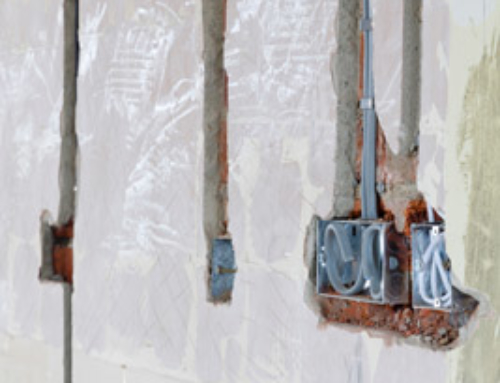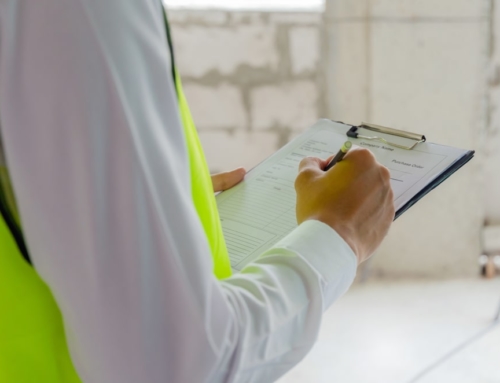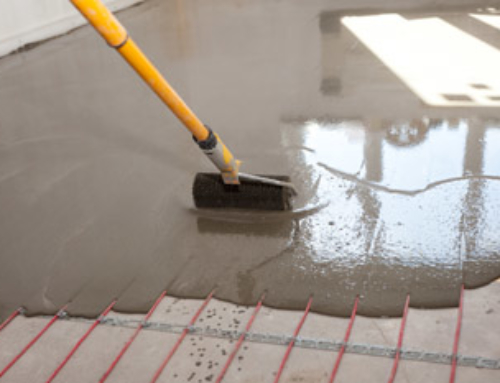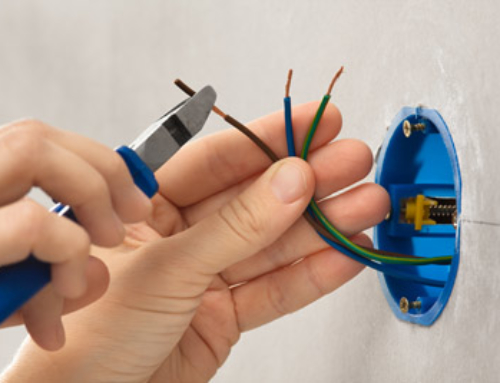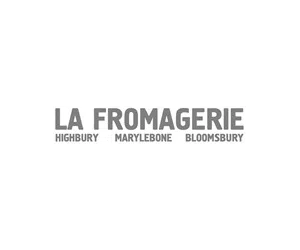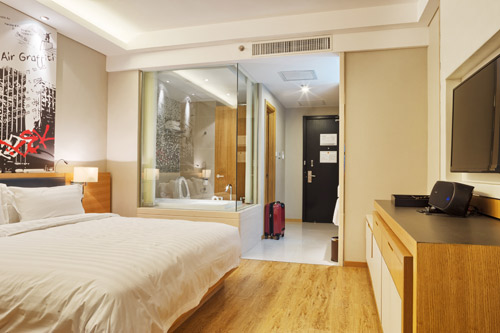
Assess the building
The first stage of any home improvement project – be it an extension, conversion or general refurbishment – is to survey the property’s construction, as this will determine the building techniques employed. You should also check for damp, cracks in the building materials and any signs of rot, woodworm or climbing plants that might cause damage.
Apply for planning permission
If you live in a conservation area, or are planning big changes to your home, the next step is to apply to the local authorities for planning permission, or get a contractor to do this on your behalf.
Structural work
You should hire building contractors that are certified by the Federation of Master Builders to complete the structural elements of your refurbishment. This will ensure that the work is fully compliant with Building Regulations. Once the foundations and walls have been built, the roof should be fitted, as well as the gutters and downpipes.
Install windows and doors
The next step is to hire expert glaziers to fit energy-efficient windows and doors that comply with Building Regulations and any conservation guidelines.
Decorate the outside
Now that the property is structurally sound, you can start to make the exterior look attractive – sorting the driveway, garden or patio (depending on the nature of your refurbishment), and ensuring the outward-facing design of the property is to your liking and also remember that all-important exterior lighting!
Build up the interior and wire the property
The internal areas of your property can now start to be developed, such as creating the window sills and door linings, installing air vents, fitting burglar alarms and smoke alarms, and completing any wiring or rewiring work.
Plaster the insides
Now that all the electrical wiring has been completed, the property can be bonded and plastered. It is always advisable to hire a professional plasterer, as DIY attempts can result in uneven walls that are not adequately prepared for painting and decorating.
Connect the gas, electricity and water
This is where your consumer unit (or fuse box) needs to be fitted, as well as your lighting and other electrical appliances. Your bathroom and kitchen fittings should be installed at this stage, as well as your internal doors and skirting boards. The boiler and radiators also need to be installed, and this should be done by a Gas Safe-registered technician, and the taps connected by a plumber.
Decorate the interior
The final step is to paint the walls, lay the wooden floors and carpets, and furnish the property!
Contact us at MD Bespoke Solutions to find out how our builders, electricians, plasterers, plumbers, painters and decorators can manage your home refurbishment project from start to finish.


